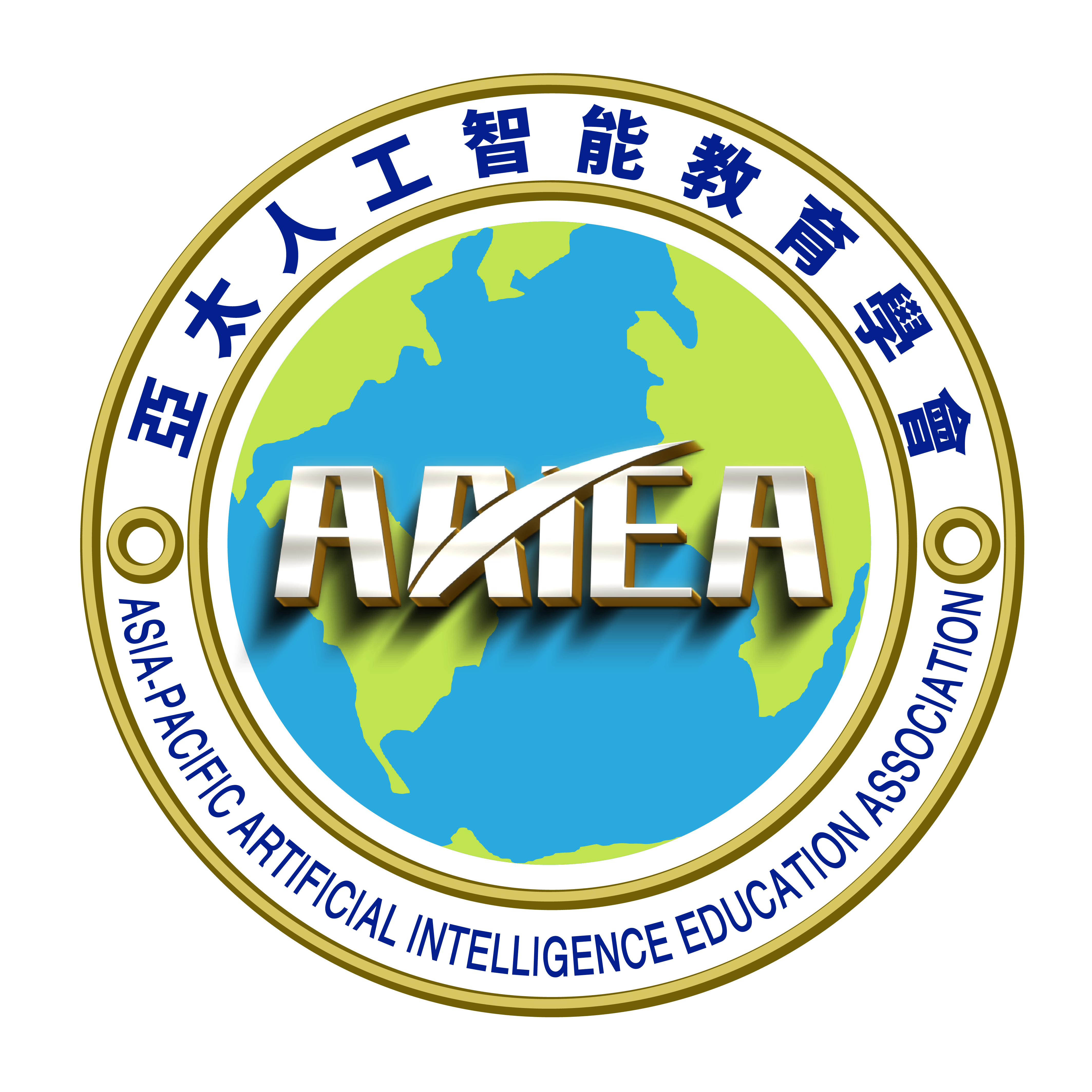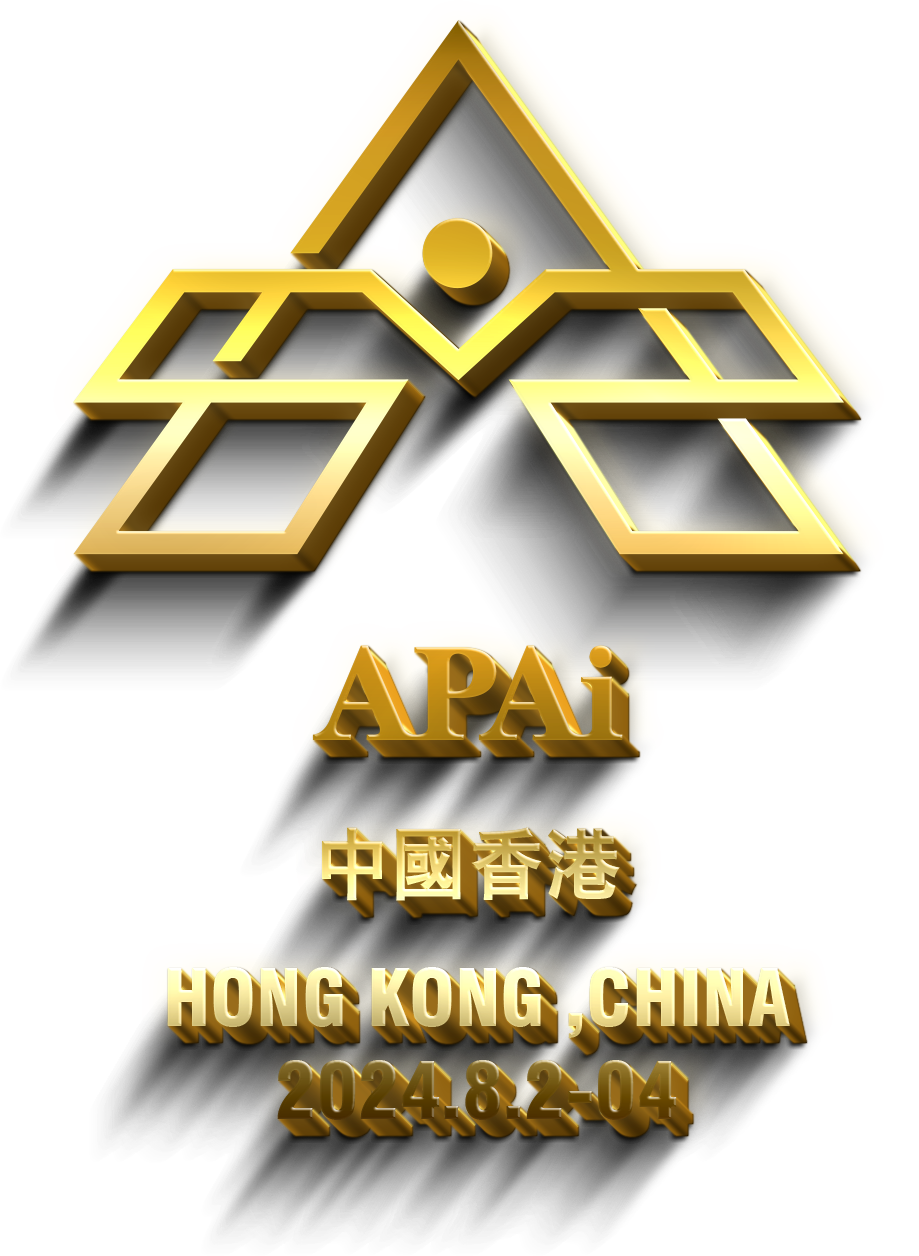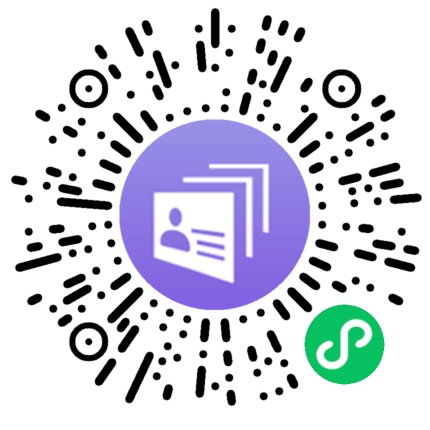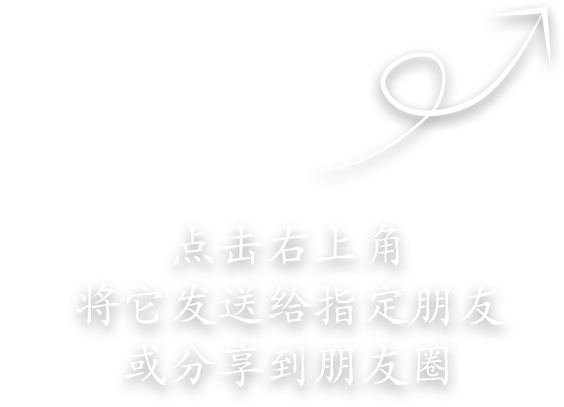


1.活動概述
1. Overview of the event
本次大賽旨在促進亞太青少年創新思維培養和科技應用能力的發展,鼓勵亞太地區青少年使用創新技術及人工智能應用,創造出具有創新性和實用性的產品或服務,促進亞太地區科技創新文化,參賽者通過科技以及藝術、文學、音樂、 STEAM 跨學科融合等方式展現他們對人工智能和未來世界的理解和情感表達,大賽將成為亞太地區傑出青少年提供一個展示才華和科技創造力的平臺。
The competition aims to promote the development of innovative thinking and technology application capabilities among young people in the Asia-Pacific region. We encourage young people in the region to use innovative technology and artificial intelligence applications to create innovative and practical products or services, promote a culture of technological innovation in the Asia-Pacific region. Participants will show their understanding and emotional expressions of artificial intelligence and the future world through technology, as well as the integration of art, literature, music, and STEAM interdisciplinary fusion. The competition will provide an platform for outstanding young people in the Asia-Pacific region to express their talents and technological creativity.
2.日期地點
2. Dates and locations
(一)中華區賽
註冊時間: 2024 年 7 月 31 日
比賽日期:2024 年 8 月 1 日-2 日 地點:中國香港
(二)亞太決賽
比賽日期:2025 年 1月
地點:新加坡
(A) China Region Competition
Registration period: 31stJuly, 2024
Competition dates: 1st-2ndAugust, 2024
Location: Hong Kong, China
(B) Asia-Pacific Finals
Competition date: Jan 2025
Location: Singapore
3.參加對象
3. Eligibility
大賽面向港澳臺地區和中國內地各省市中小學、亞太地區優秀中小學生
The competition is open to all primary and secondary school students in Hong Kong, Macao, Taiwan, and various provinces and cities in mainland China, as well as outstanding students from the Asia-Pacific region.
4.組織機構
4. Organizing institutions
主辦單位:亞太人工智能教育學會、香港教育大學環球事務處、香港科創協會
協辦單位:香港教育研究發展中心、 粵港澳大灣區青少年科技交流協會、 ICode 國際青少年編程競賽組委會、亞太人工智能學會北京分會、亞太人工智能學會海南分會、亞太人工智能學會中國區產業發展委員會
公益支持:兒童友好型綠色設計專項基金
媒體支持:新浪網、網易網、鳳凰網、中國日報網、中國經濟新聞網、中華網、 北青網等。
支持單位:立乐教育科技(上海)有限公司、 深圳市创想教育科技有限公司 、上海鲸鱼机器人科技有限公司、广东邦宝益智玩具有限公司、 广州小火把人工智能科技有限责任公司、广州赛伯格科技有限公司、广州市多边形部落科技有限公司、广州育人之智科技有限公司 、深圳市趸实青少年科技素养教育研究中心
Organizer:
APAi Asia-Pacific Artificial Intelligence Education Association
Global Affairs Office of the Education University of Hong Kong
Hong Kong Science and Technology Association
Co-organizers:
Hong Kong Education Research and Development Center,
Guangdong-Hong Kong-Macao Greater Bay Area Youth Technology Exchange Association,
ICode International Youth Programming Competition Organizing Committee,
APAi Beijing Branch, APAi Hainan Branch, APAi China Industrial Development Committee
Public Welfare Organization:
Children-friendly Green Design Special Fund
Media Support:
Sina.com, NetEase.com, Ifeng.com, China Daily Online, China Economic News Network, China.com, Beiqing.com, among others
Supporting Units:
Lelu Education Technology (Shanghai) Co., Ltd.,
Shenzhen Chuangxiang Education Technology Co., Ltd.,
Shanghai Whale Robot Technology Co., Ltd.,
Guangdong Bangbao Intelligent Toys Co., Ltd.,
Guangzhou Torch Artificial Intelligence Technology Co., Ltd., Guangzhou Cyborg Technology Co., Ltd.,
Guangzhou Polygon Tribe Technology Co., Ltd.,
Guangzhou Yurenzhi Technology Co., Ltd.,
Shenzhen Duan Shi Youth Science and Technology Literacy Education Research Center
5.比賽項目
5. Competition projects
5.1 創意發明赛
5.1 Creative Invention Competition
主題一 非遺+科技創新
Theme One: Intangible Cultural Heritage + Technological Innovation
根據聯合國教科文組織通過的《保護非物質文化遺產公約》中的定義,“非物質文化遺產”指被各群體、團體、有時為個人所視為其文化遺產的各種實踐、表演、表現形式、知識體系和技能及其有關的工具、實物、工藝品和文化場所。各個群體和團體隨著其所處環境、與自然界的相互關係和歷史條件的變化不斷使這種代代相傳的非物質文化遺產得到創新,同時使他們自己具有一種認同感和歷史感,從而促進了文化多樣性和激發人類的創造力。
在這個主題下,參賽者將被鼓勵創新性地將傳統非遺元素與科技應用結合,以推動非遺文化的傳承與發展。參賽者可以運用人工智能、物聯網、開源硬體、虛擬現實、增強現實等技術,將非遺文化呈現出全新的形式。
Participants will be encouraged to innovatively combine traditional intangible cultural heritage elements with technological applications to promote the inheritance and development of intangible cultural heritage. Participants can use technologies such as artificial intelligence(AI), the Internet of Things(IOT), open-source hardware, virtual reality(VR), and augmented reality(AR) to present intangible cultural heritage in new forms.
主題二 可持續發展目標(SDGs)
Theme Two: Sustainable Development Goals (SDGs)
聯合國於 2015 年聯合所有會員國一致通過了《2030 年可持續發展議程》,該議程為世界各國消除貧困、保護地球、改善所有人的生活和未來,提出了 17項發展目標,呼籲全世界共同採取行動,提出了可持續發展目標(SDGs)。

在這個主題下,參賽者將被鼓勵自行查閱可持續發展目標(SDGs)相關資料,從 17 項發展目標中任選一項或多項發展目標進行創作。參賽者可以運用人工智能、物聯網、開源硬體、虛擬現實、增強現實等技術,將 SDGs 所涉及的問題呈現出創新的解決方案。
參賽形式:編程作品、作品實物等形式不限。評審方式:現場路演及評審問答
Participants will be encouraged to select one or more of the 17 Sustainable Development Goals (SDGs) and create solutions using artificial intelligence(AI), the Internet of Things (IOT), open-source hardware, virtual reality(VR), and augmented reality(AR) to address the issues related to SDGs.
Competition format: Programming works, physical works, and other forms are allowed. Judging method: On-site presentations and Q&A sessions.
5.2 乐思乐创人工智能创意作品專項赛
5.2 LeSiLeChuang Artificial Intelligence Creative Works Sub-competition
比賽設定“智能生活”為主題,旨在讓青少年學生去思考和探究未來生活的無限可能,再運用人工智能、網路通信、智能傳感等技術進行創新設計,完成作品製作並進行講解。
參賽者需觀察生活、發現問題、理解新技術,以確定創意。要求利用人工智能開源硬體以及相關的電子模組,通過軟體編程完成創意作品。比賽提倡自行設計和製作結構件,提倡使用廢棄材料和環保材料進行作品創作。
比賽要求參賽者需要 2-4 人組隊,分工合作完成作品,並記錄設計文檔(word格式),錄製講解視頻(MP4 格式,3 分鐘以內),主題三的參賽文檔及視頻需要在 7 月 30 日 16:00pm 前提交到郵箱:support@lslcedu.com。
The competition sets "Smart Life" as the theme, aiming to encourage young students to think and explore the unlimited possibilities of future life, and use technologies such as artificial intelligence, internet communication, and intelligent sensing to create innovative designs and explain their work.
Participants are required to observe life, identify problems, understand new technologies, and use open-source hardware and related electronic modules to complete creative works through software programming.
5.3 空中救援 CX-HONG 系列專項賽
5.3 Air Rescue CX-HONG Series Special Competition
編程機器人技術比賽是一個推動航空技術和創新的競賽平臺。參賽者需要設計、製造和操作無人機,完成一系列指定的任務。
根據公佈的任務,參與交流展示的學生能夠結合環境因素,運用包括視覺、顏色識別、打靶等感測器自行設計、製作或改裝飛行器,現場編寫程式、調試並完善飛行器,使其自主高效地完成飛行專案任務。
The robot programming competition is a platform for promoting aviation technology and innovation. Participants need to design, manufacture, and operate unmanned aircraft to complete a series of specified tasks.
According to the announced tasks, students participating in the exchange and exhibition can combine environmental factors, use sensors including vision, color recognition, and target shooting to independently design, manufacture, or modify aircraft, and on-site programming, debugging, and perfecting the aircraft to autonomously and efficiently complete flight project tasks.
5.4 編程挑戰賽 ICODE 專項
5.4 ICODE Special Programming Challenge
比賽以“編寫代碼,模擬遠程控制機器人進行太空探險”的形式進行比賽,參賽選手以個人形式參賽,其活動對象為 6 歲以上青少年,要求參賽選手在規定時間內盡可能多地完成探險任務,並盡可能使用高效率的編程解決方案。大賽將編程與太空探險主題相結合,將電腦編程學習與情境任務相結合,配合義務教育階段推廣編程教育、落實青少年人工智能科普活動,帶領青少年瞭解太空探險、計算思維等,拓寬青少年科技視野,提升青少年科技創新意識。
編程賽:通過線上編程平臺,現場編寫程式,完成比賽任務。
編程語言:圖形化、Python
參賽形式:現場發題,現場編程;評審方式:電腦及人工評審
The competition is held in the form of "writing code to simulate remote control of robots for space exploration". Participants compete individually, and the target audience is youth aged 6 and above. Participants are required to complete as many exploration missions as possible within a specified time and to use efficient programming solutions. The competition combines programming with the theme of space exploration, integrating computer programming learning with situational tasks, promoting programming education in compulsory education stages, implementing popular science activities for youth in artificial intelligence, leading youth to understand space exploration, computational thinking, and broadening the technology vision of youth, enhancing youth's awareness of technological innovation.
Programming competition: Write programs on-site through an online programming platform to complete competition tasks.
Programming languages: Scratch, Python
Participation form: On-site problem statement, on-site programming; Evaluation method: computer and manual evaluation
5.5 ENJOY AI 專項
5.5 ENJOY AI Special Event
賽項內容是模擬運動會閉幕式,比賽任務有煙花表演、代表團入場、文藝表演、閉幕致辭、會旗交接、頒獎儀式、聖火熄滅、分鐘展演、傳承榮耀、神秘任務。閉幕式主題是奧林匹克聖火,象徵著光明、團結、友誼、和平、正義。人類將奧運精神傳遞到了月球。不同於開幕式的莊嚴、隆重,閉幕式則多一些歡樂的氣氛,觀看表演,共襄盛舉。
The competition simulates the closing ceremony of a sports event, with tasks including fireworks display, delegation entrance, literary performance, closing speech, flag handover, award ceremony, extinguishing of the sacred flame, minute performance, inheritance of glory, and a mystery task. The theme of the closing ceremony is the Olympic sacred fire, symbolizing light, unity, friendship, peace, and justice. Humans have transmitted the Olympic spirit to the moon. Different from the solemnity and grandeur of the opening ceremony, the closing ceremony has a more festive atmosphere, with performances and celebrations.
5.6 AIGC 賽項
5.6 AIGC Event
AIGC(人工智能生成內容)技術在全球範圍內迅速發展,成為科技與藝術的新融合點。通過 AIGC 技術,青少年可以在多種模態下進行創作,如圖像、語音、文本、視頻等。
比賽主題是“傳統與現代——非遺 AIGC 創作大賽”,參賽者需圍繞這一主題進行創作,探索如何將傳統文化元素與現代 AIGC 技術相結合,創作出具有深度和廣度的作品。
比賽類別:
創意視頻生成:利用 AIGC 技術生成具有教育意義或文化價值的視頻作品。
數字藝術創作:使用 AIGC 技術創作插畫、設計等數字藝術作品。
AIGC (Artificial Intelligence Generated Content) technology is rapidly developing globally, becoming a new fusion point of technology and art. Through AIGC technology, young people can create in various modes such as images, voice, text, and video.
The competition theme is "Traditional and Modern - Intangible Cultural Heritage AIGC Creation Contest", where participants need to create around this theme and explore how to combine traditional cultural elements with modern AIGC technology to produce works with depth and breadth.Competition categories:
Creative video generation: Using AIGC technology to create educational or culturally valuable video works.
Digital art creation: Using AIGC technology to create illustrations, designs, and other digital artworks.
5.7 數字絲路挑戰賽項
5.7 Digital Silk Road Challenge
包含智能編程及視覺識別等任務,1-3 年級組需獨立設計機器人,自行遙控操作完成相應任務。4-6 年級組需獨立設計機器人、編寫程式,根據感測器自行判斷完成相應任務。7-9 年級組需要設計機器人、編寫程式,機器人根據二維碼及物體資訊進行視覺識別,再根據識別到的資訊完成對應任務。
Includes intelligent programming and visual recognition tasks. Grades 1-3 must independently design robots and operate them remotely to complete corresponding tasks. Grades 4-6 must independently design robots, write programs, and complete tasks based on sensor-based judgment. Grades 7-9 need to design robots, write programs, have robots conduct visual recognition based on QR codes and object information, and complete corresponding tasks.
5.8 無人機穿越賽
5.8 Unmanned Aerial Vehicle (UAV) Race
飛行器需根據編程指令自主完成任務,不可進行人為干預。小學低齡階段採用實物編程的方式,降低編程的門檻,普及編程和無人機教學。小學高齡及中學階段採用圖形化或代碼編程的模式。考察學生對於編程的熟練度,考察學生的臨場應變能力,時間分作為一個重要的拉分點,考察學生是否設計出更優的程式邏輯,在路徑規劃、策略選擇上,都會對最終的計分產生影響,要求選手需經過嚴格的訓練和對於所使用無人機的性能要有充分的瞭解。
Aircraft must autonomously complete missions according to programmed instructions, with no human intervention. For lower grades in elementary school, a physical programming approach is used to lower the threshold for programming and promote programming and UAV education. For higher grades in elementary and middle school, a graphic or code-based programming mode is used. The competition assesses students' proficiency in programming and their ability to adapt on the spot. Time is an important factor, and students' ability to design better program logic, route planning, and strategy selection will affect the final score. Participants are required to undergo rigorous training and have a thorough understanding of the performance of the UAV they use.
5.9 互通互聯芯挑戰賽項
5.9 Interconnected Chip Challenge
本項比賽讓同學們更好理解信技術是怎麼幫我們傳輸資訊的,使用智能設備幫助完成通信設備的搭建與維修。任務是搭建一個智能設備,比賽任務包含安裝中繼站,檢修光纖,確保通信,以及尋找通信最短路徑等主題,根據不同的要求完成智能設備相應的任務。
This competition aims to help students better understand how information technology helps us transmit information, using smart devices to assist in building and maintaining communication devices. The task is to build a smart device, including installing relay stations, inspecting optical fibers, ensuring communication, and finding the shortest communication path, and completing tasks related to smart devices based on different requirements.
5.10 AI 演算法大賽賽項
5.10 AI Algorithm Competition Categories
青少年 AI 演算法大賽通過設置各種富有挑戰性的演算法題目,激發青少年的創新思維和解決問題的能力。參賽過程中,青少年需要運用所學的編程知識、演算法原理和邏輯思維,不斷優化解決方案,從而提高自己的科技創新能力。參賽組別AI 演算法初級 圖形化語言:小學組 1-3 年級、4-6 年級組、中學組
AI 演算法中級 Python 語言:小學組、中學組
AI 演算法高級 C++語言:小學組、中學組
The Youth AI Algorithm Competition is designed to stimulate innovative thinking and problem-solving abilities in young people through a variety of challenging algorithmic problems. During the competition, participants must apply their programming knowledge, algorithmic principles, and logical thinking to continuously optimize solutions, thereby enhancing their technological innovation capabilities. Competition divisions include AI Algorithm Beginner with Visual Programming Language for primary school groups (grades 1-3, 4-6) and middle school groups;
AI Algorithm Intermediate with Python Language for primary and middle school groups;
AI Algorithm Advanced with C++ Language for primary and middle school groups.
5.11 中文 AI 創作大賽
5.11 Chinese AI Creative Writing Competition
中文 AI 創作大賽是一項以人工智慧技術為核心,圍繞中文寫作能力的競賽活動。賽事旨在探索人工智慧在中文創作領域的應用潛力,推動 AI 技術與中文寫作的深度融合,同時為廣大中文寫作愛好者提供一個展示、交流和學習的平臺。
The Chinese AI Creative Writing Competition is a contest centered on artificial intelligence technology, focusing on Chinese writing skills. The event aims to explore the potential applications of AI in the field of Chinese creative writing, promote the deep integration of AI technology and Chinese writing, and provide a platform for Chinese writing enthusiasts to showcase, communicate, and learn.
5.12 小飛手無人機賽項
5.12 Little Aviator Drone Competition
智能無人機編程巡檢賽涉及無人機遙控飛行、程式控制自主飛行、無人機程式控制空中巡線、空中搜尋、空中識別等智能應用技術。主要考察選手如何通過編程設計,實現無人機自動巡檢、目標排查、精准降落等智能綜合應用的能力,以及如何利用高速發展的智能無人機技術解決實際問題的創新創造能力。小飛手無人機精准操控競賽比賽為個人賽,分模擬飛行和賽場實飛兩個環節,兩場競賽分數總和即為最終得分。
The Intelligent Drone Programming Inspection Competition involves smart drone applications such as remote-controlled flight, automated programmed flight, aerial patrol, search, and recognition. It primarily assesses participants’ ability to design programming for drones to perform automatic inspections, target screening, and precise landing, as well as their innovative and creative capabilities in using rapidly advancing intelligent drone technology to solve practical problems. The Little Aviator Drone Precision Control Competition is an individual event, consisting of simulation flight and live field flight, with the sum of scores from both rounds being the final score.
5.13 仿生多足機器人賽項
5.13 Bionic Multilegged Robot Competition
仿生多足機器人賽項是一項以機器人和人工智慧技術為核心,以“物品分揀”為主題,面向小學、初中、高中(中職)階段的機器人競賽活動。賽事旨在通過仿生多足機器人行走、AI 視覺識別、跨越障礙等智能應用技術,推廣人工智慧機器人教育,培養學生的科學精神、想像力、創造力、解決問題能力等。
The Bionic Multilegged Robot Competition is a robotics contest centered on robotics and artificial intelligence technology, with the theme of “item sorting,” aimed at primary, junior high, and senior high school (vocational) students. The event aims to promote AI robotics education by using bionic multilegged robot walking, AI visual recognition, and obstacle traversal, fostering students’ scientific spirit, imagination, creativity, and problem-solving abilities.
6.大賽報名
6. Competition Registration
參賽者通過大賽各地官方授權賽事基地,獲取授權碼,進入官方報名端口報名,相關作品資料材料發送到賽項指定郵箱。組委會將根據個人簡歷、作品的創意、科技應用和可行性進行初步評估,審核材料及面試後,綜合評價選出最具潛力的參賽者,發放賽事官方邀請函現場參賽。
Participants can obtain an authorization code from the official authorized competition bases around the world, and then enter the official registration portal to submit their work materials to the designated competition email. The organizing committee will conduct a preliminary assessment based on the individual's resume, the creativity, technological application, and feasibility of the work. After reviewing the materials and conducting interviews, the most promising participants will be selected and issued official invitations to participate in the competition on-site.
7.其他
7. Other
報名端口、賽程表及比賽規則說明等請關注公眾號 HKAPAi 相關附件。
For registration portal, competition schedule, and explanation of competition rules, please refer to the relevant attachments on theAPAi official public account.
亞太人工智能青少年科技創新大賽組委會
Organizing Committee of Asia-Pacific Youth Science and Technology Innovation Competition for Artificial Intelligence
2024 年 6 月
June 2024




